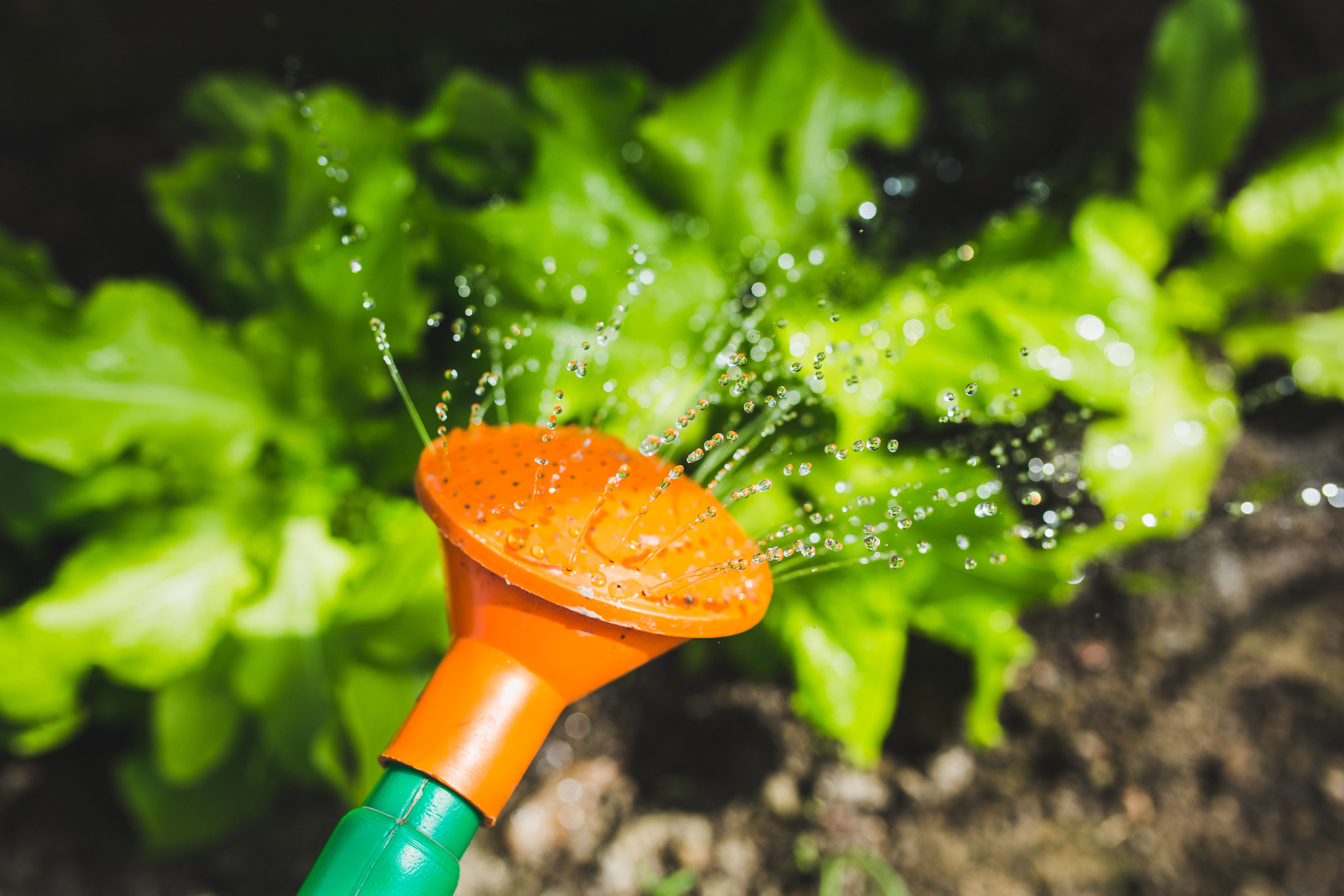Introduction:
Watering is a fundamental aspect of plant care, but it's also one of the most challenging to master. As a gardener, finding the right balance between under-watering and over-watering can be a delicate art. Too much water can suffocate plant roots, leading to root rot and other problems, while too little water can cause wilting and dehydration. In this guide, we'll delve into the art of watering, exploring how to determine the right amount of water for your plants and avoid the pitfalls of over-watering.
Understanding Plant Water Needs:
Plants have varying water requirements depending on factors such as their species, stage of growth, and environmental conditions. Understanding the specific needs of your plants is essential for providing the right amount of water. Research the watering preferences of each plant in your garden or indoor space, taking into account factors such as soil type, sunlight exposure, and humidity levels.
Signs of Under-Watering:
Under-watering can have detrimental effects on plant health, causing wilting, yellowing leaves, and stunted growth. Pay attention to the following signs that your plants may need more water:
-
Wilting or drooping leaves
-
Dry, crispy foliage
-
Slow growth or lack of new growth
-
Soil pulling away from the sides of the pot
If you notice any of these signs, it's essential to water your plants promptly to prevent further damage.
Signs of Over-Watering:
Over-watering is a common problem that can lead to root rot, fungal diseases, and other issues. Look out for the following signs that your plants may be receiving too much water:
-
Yellowing or browning leaves
-
Mushy or soft stems
-
Foul odor emanating from the soil
-
Mold or mildew growth on the soil surface
If you observe any of these signs, it's crucial to adjust your watering practices to prevent further harm to your plants.
Factors Affecting Watering Frequency:
Several factors influence how often you should water your plants, including:
-
Soil Type: Different soil types retain water at varying rates. Sandy soils drain quickly and may require more frequent watering, while clay soils hold moisture for longer periods.
-
Temperature and Weather: Hot, dry weather increases evaporation rates and may necessitate more frequent watering, while cooler, overcast conditions may require less water.
-
Plant Size and Growth Stage: Larger plants and those in active growth stages generally require more water than smaller or dormant plants.
-
Container Size and Material: Plants in smaller containers or those made of materials that retain moisture, such as plastic, may need to be watered more frequently than plants in larger or porous containers.
Watering Techniques:
When watering your plants, use the following techniques to ensure thorough and efficient hydration:
-
Water at the Base: Direct water to the base of the plant rather than wetting the foliage, which can promote fungal diseases. Use a watering can or hose with a nozzle attachment to deliver water directly to the soil.
-
Water Deeply: Water deeply and infrequently, allowing the soil to dry out slightly between waterings. This encourages deep root growth and helps plants become more resilient to drought.
-
Check Soil Moisture: Before watering, check the moisture level of the soil using your finger or a moisture meter. Water only when the top inch or so of soil feels dry to the touch.
-
Morning Watering: Water your plants in the morning to give them ample time to absorb moisture before temperatures rise and evaporation rates increase. Avoid watering in the heat of the day to minimize water loss through evaporation.
Conclusion:
Mastering the art of watering is essential for the health and vitality of your plants. By understanding the specific water needs of your plants, observing for signs of under-watering and over-watering, and employing proper watering techniques, you can ensure that your plants receive the right amount of water to thrive.
Remember that watering is not an exact science and may require some trial and error to find the perfect balance for your plants and growing conditions. With patience, observation, and a willingness to learn, you'll become adept at providing your plants with the hydration they need to flourish.
Happy watering!

